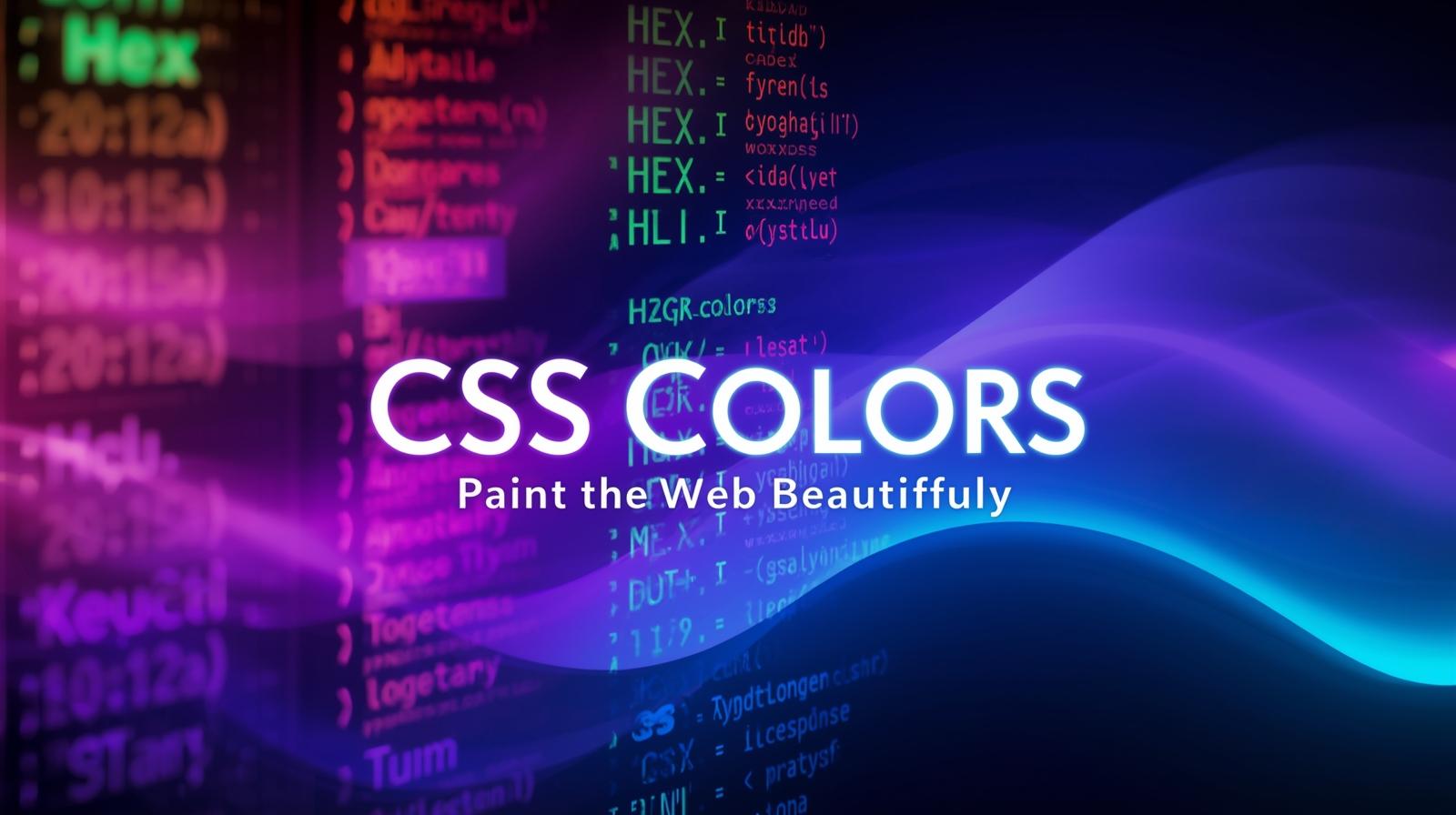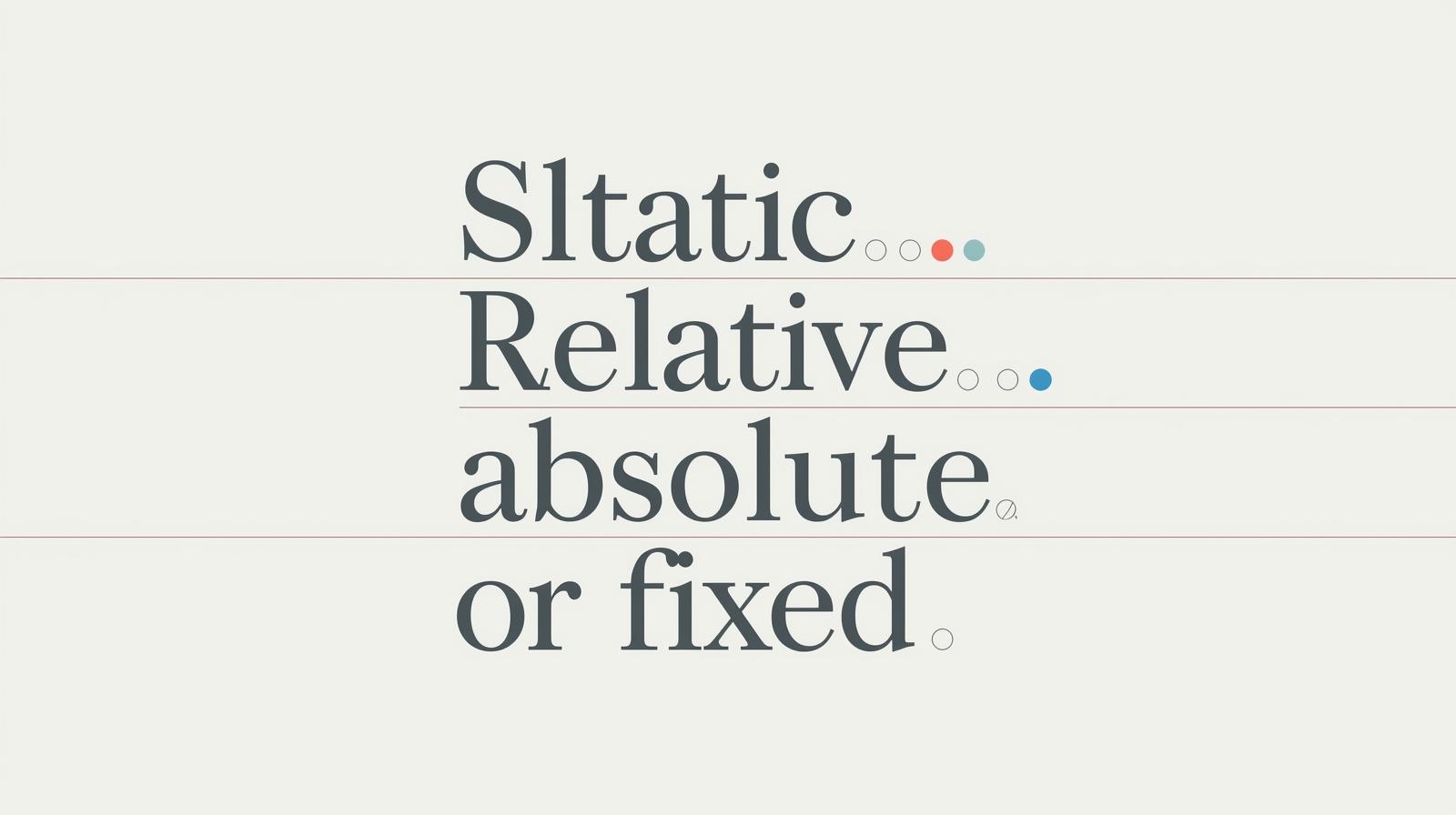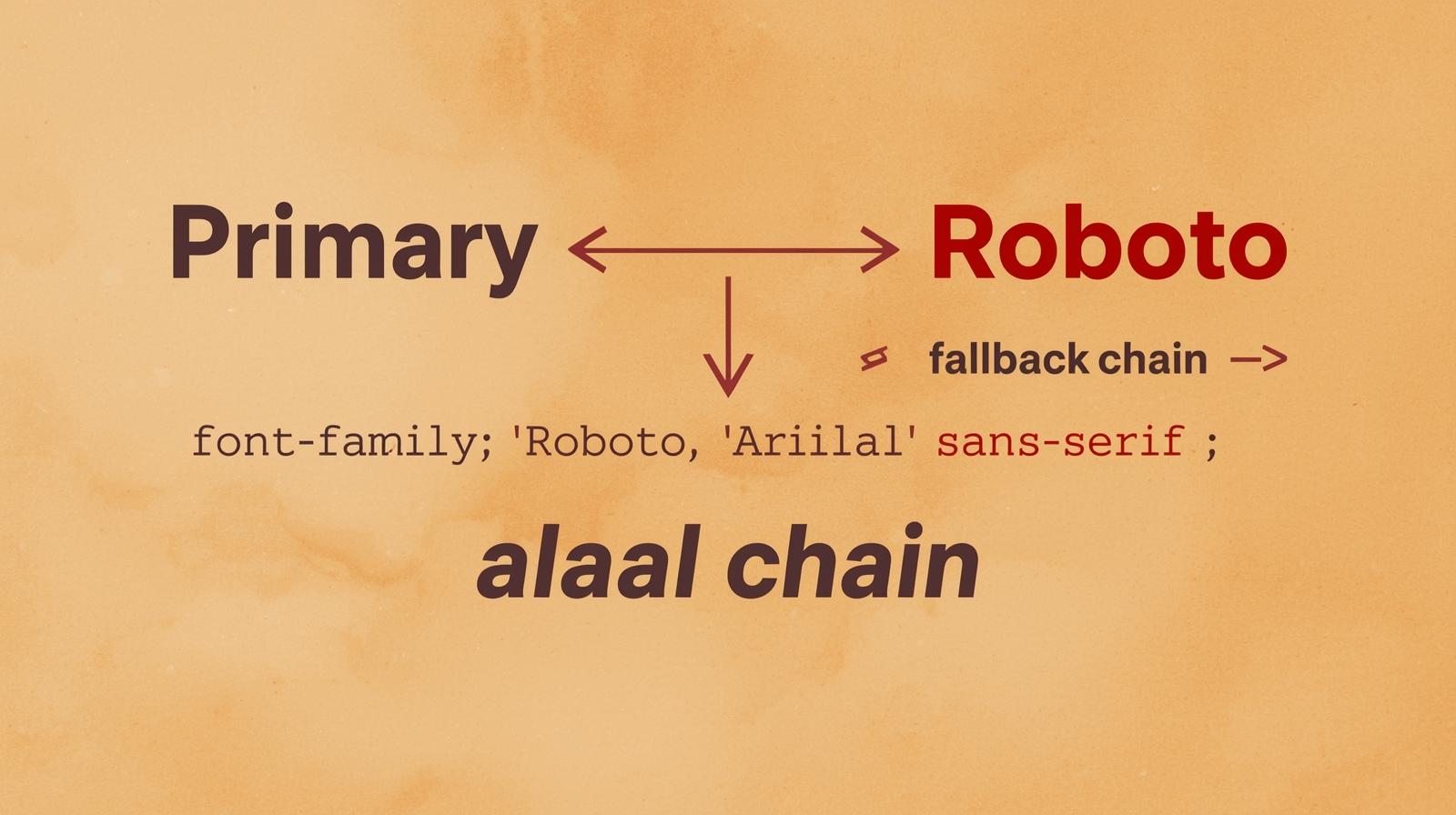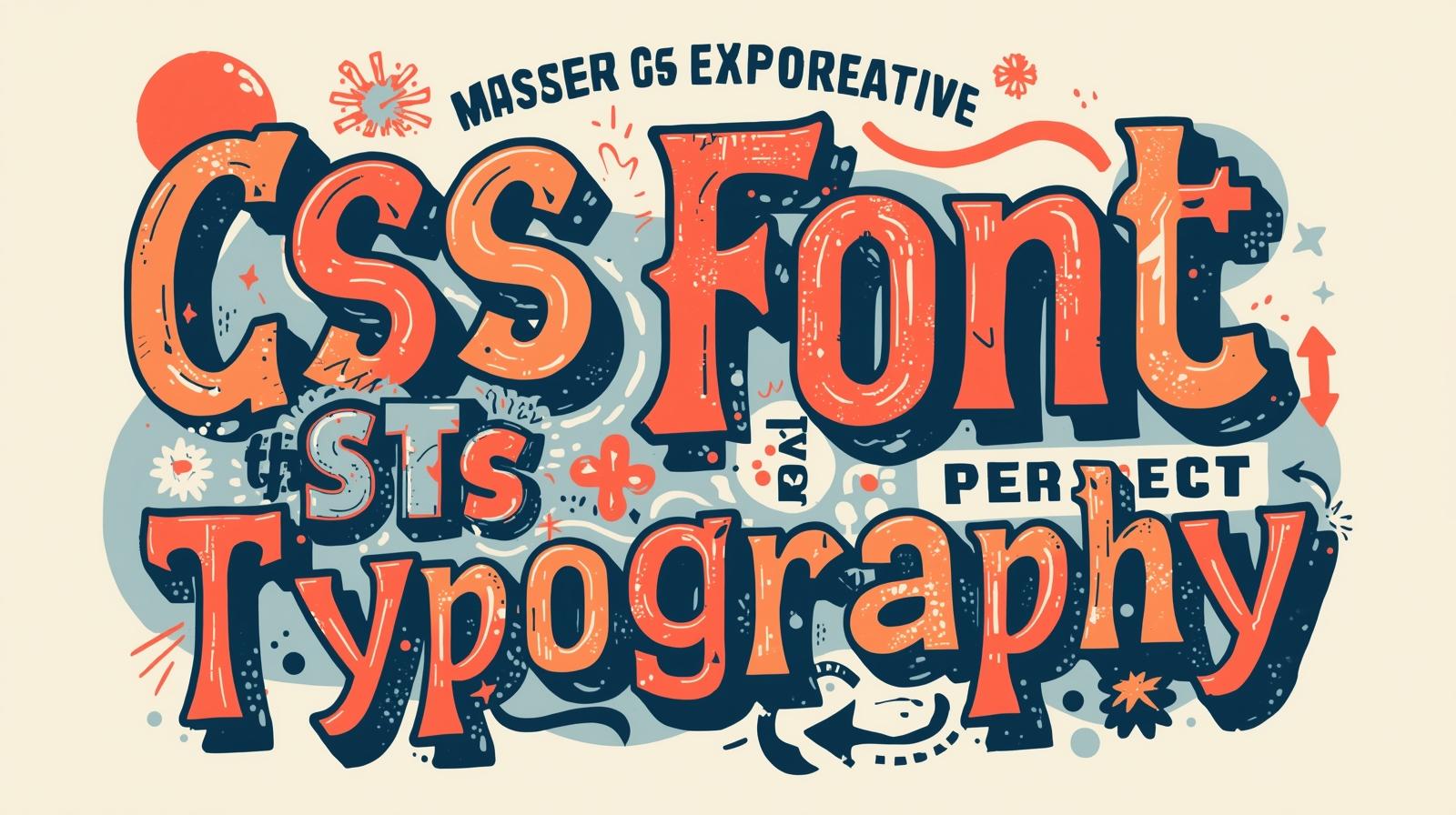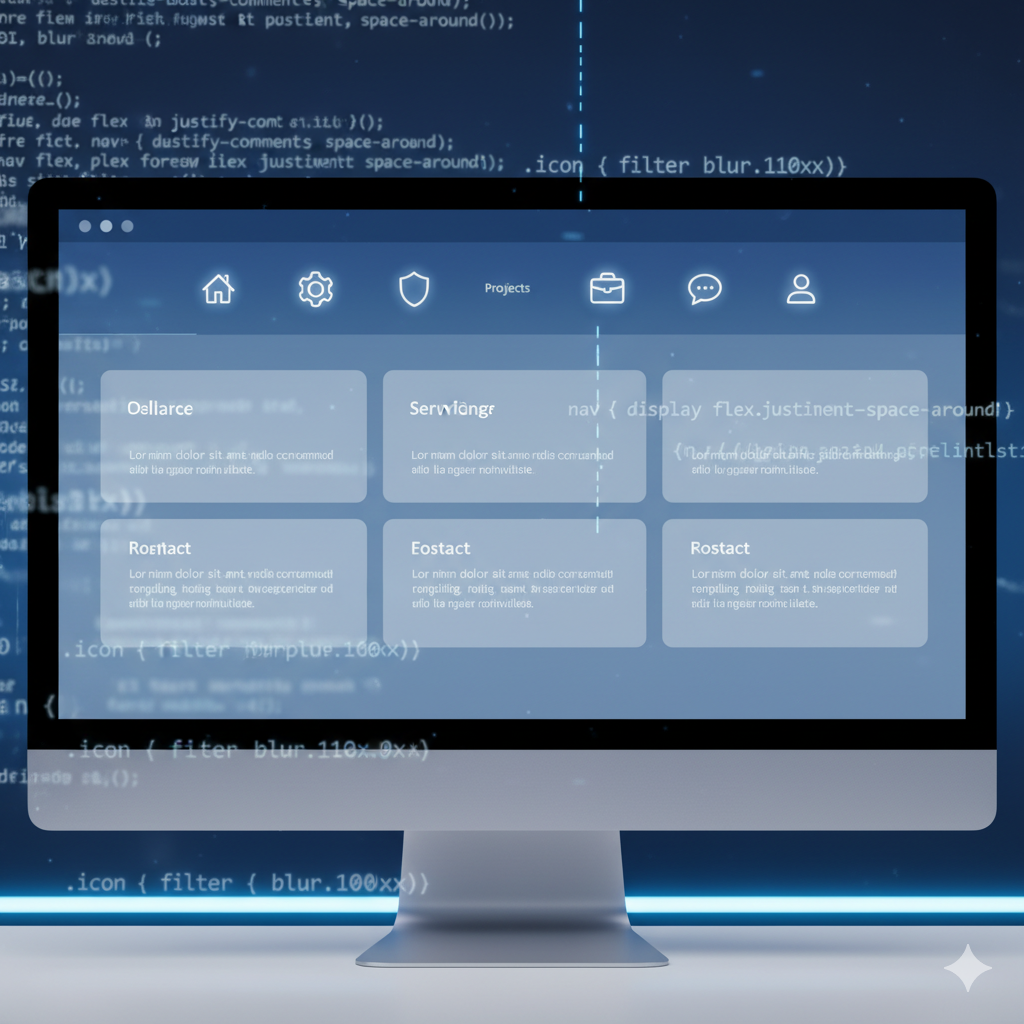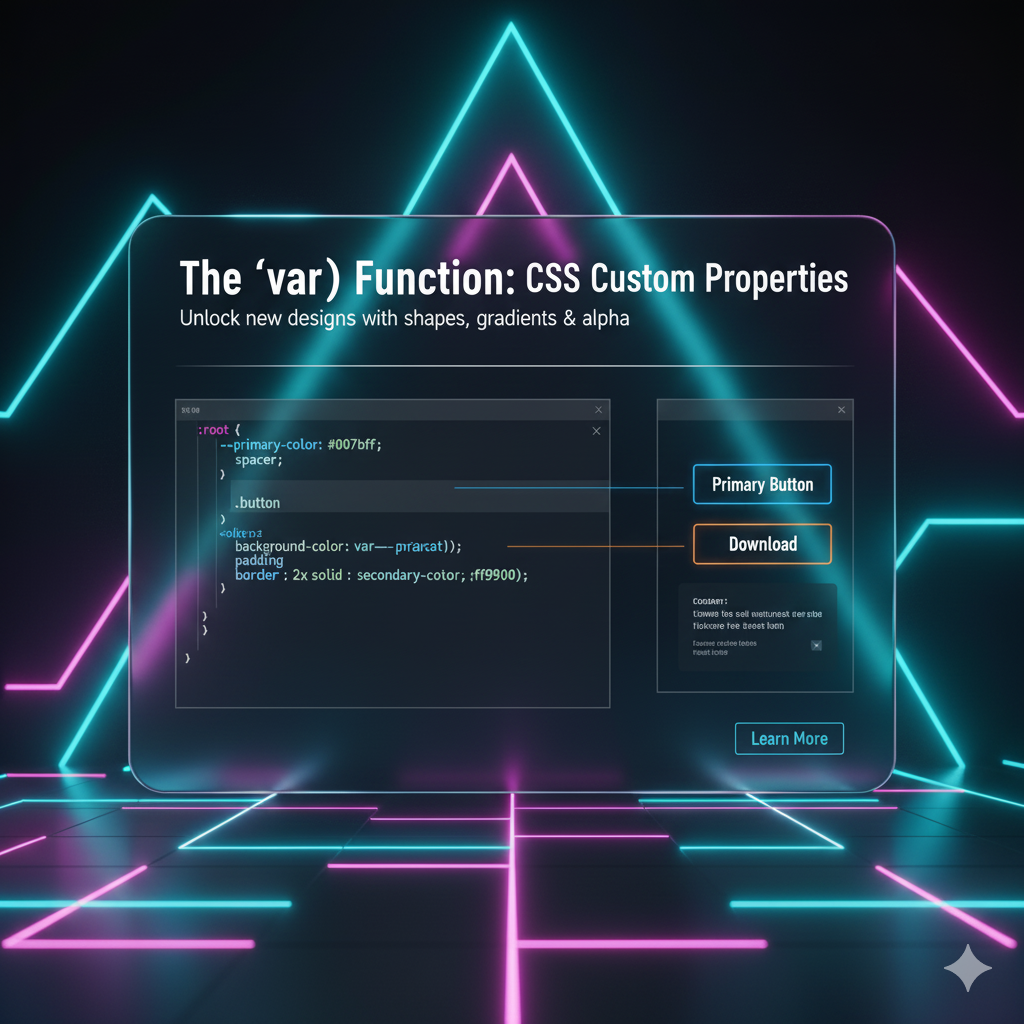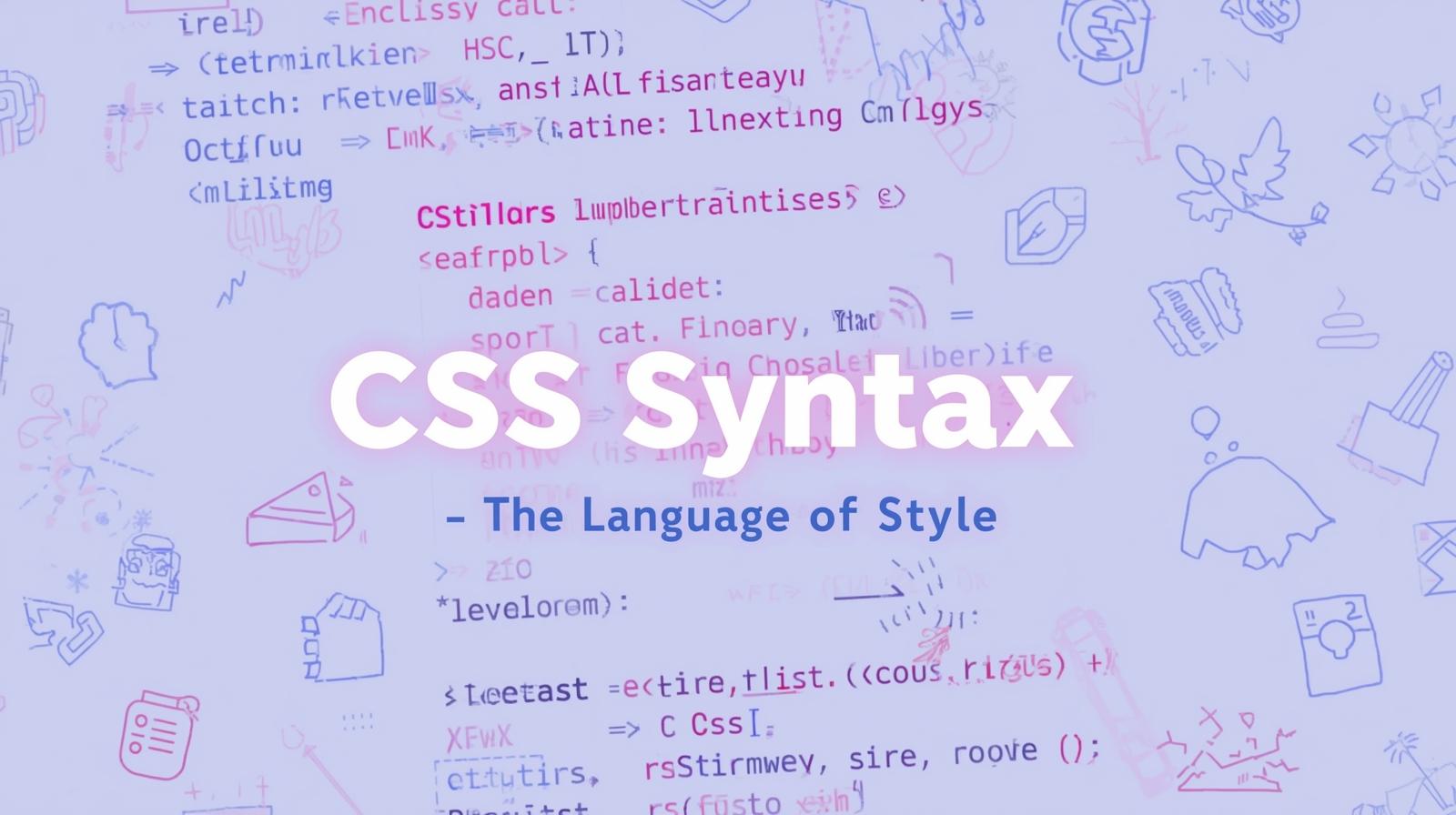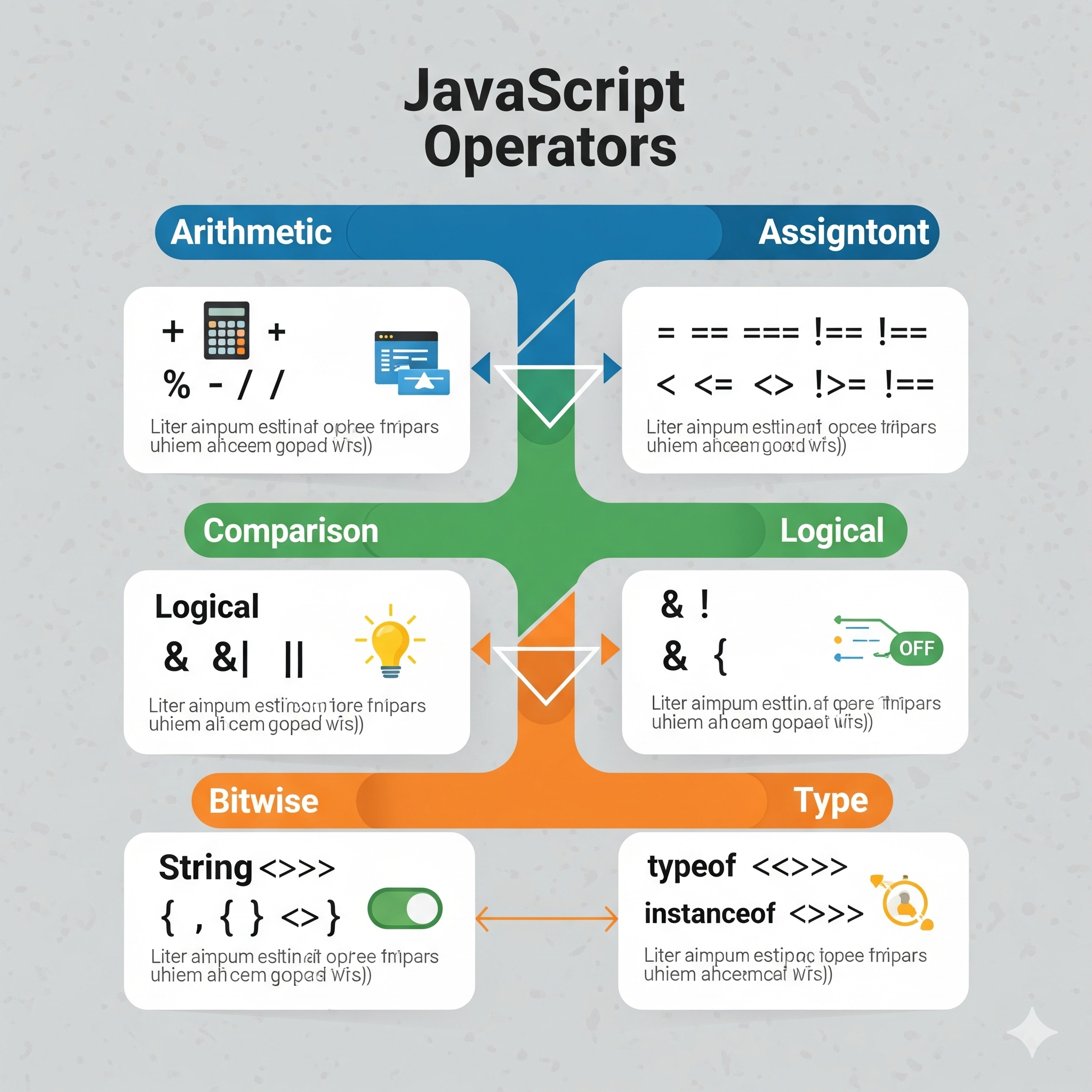Level Up Your Web Design: A Deep Dive into CSS Backgrounds

Stop using boring backgrounds! Master CSS background properties like background-image, gradient(), background-size, and background-blend-mode to create stunning, modern websites. Enroll in CoderCrafter's Full Stack Development course to learn more!

Level Up Your Web Design: A Deep Dive into CSS Backgrounds
Level Up Your Web Design: The Ultimate Guide to CSS Backgrounds
Let's be real. The early days of the web were... beige. Literally. We're talking bgcolor="#FFFFCC" and maybe, if you were feeling spicy, a tiled GIF of a construction worker. Thank goodness we've evolved.
Today, CSS backgrounds are one of the most powerful tools in a front-end developer's arsenal. They're not just for adding a splash of color anymore. They set the mood, guide the user's eye, create depth, and are fundamental to the entire visual vibe of a site. Getting them right is what separates an "okay" website from an "OMG, this is fire" website.
So, whether you're just starting out or you've been in the game for a minute and want to fill in the gaps, this deep dive into CSS backgrounds is for you. Let's get into it.
The Core Squad: Meet the Background Properties
Before we get to the fancy stuff, you gotta know the fundamentals. Think of these as your essential toolkit.
1. background-color - The Foundation
This is your base layer. It's the simplest property, but oh-so-crucial.
What it does: Sets a solid color for an element's background.
How to use it: You can use color names (dodgerblue), HEX codes (#1e90ff), RGB/RGBA values (rgb(30, 144, 255)), or HSL (hsl(210, 100%, 56%)). The A in RGBA and the new HSLA is for Alpha (transparency), which is a game-changer for overlay effects.
css
.hero-section {
background-color: #0a0a0a; /* Pure, sleek black */
}
.alert-box {
background-color: rgba(255, 0, 0, 0.1); /* A subtle, transparent red */
}2. background-image - Where the Magic Begins
This is where you introduce images and, even more powerfully, gradients.
What it does: Sets one or more background images for an element.
How to use it: The value is url('path-to-your-image.jpg').
css
.banner {
background-image: url('hero-banner.jpg');
}But the real power move? CSS Gradients. You're not limited to static images. You can create smooth color transitions directly in CSS.
css
.gradient-bg {
/* A classic, Instagram-worthy gradient */
background-image: linear-gradient(to right, #667eea, #764ba2);
}
.sunset-bg {
/* You can use multiple colors! */
background-image: linear-gradient(45deg, #ff9a9e, #fad0c4, #fad0c4);
}3. background-repeat - Taming the Tile
By default, if your background image is smaller than the element, it will tile itself (repeat) both horizontally and vertically, like those old website wallpapers. This property controls that behavior.
Common Values:
repeat: The default. Tiles everywhere.no-repeat: Shows the image only once. This is what you'll use most often for hero images.repeat-x: Repeats only horizontally.repeat-y: Repeats only vertically.
css
.banner {
background-image: url('hero-banner.jpg');
background-repeat: no-repeat; /* Crucial for a clean hero section */
}4. background-position - Get It in the Right Spot
This controls the starting position of your background image. The default is top left.
How to use it: You can use keywords (center, top, right, bottom, left) or precise units (px, %).
css
.banner {
background-image: url('hero-banner.jpg');
background-repeat: no-repeat;
background-position: center center; /* Perfectly centers the image */
}
.watermark {
background-image: url('logo.png');
background-repeat: no-repeat;
background-position: bottom 10px right 10px; /* 10px from the bottom-right corner */
}5. background-size - The Responsive Game-Changer
This is arguably one of the most important properties. It defines how the background image is sized.
Key Values:
auto: The default. Image keeps its original dimensions.cover: Scales the image to cover the entire element, potentially cropping some parts. This is your best friend for full-screen hero sections.contain: Scales the image to be as large as possible without cropping, ensuring the whole image is visible.
css
.hero-section {
background-image: url('hero.jpg');
background-repeat: no-repeat;
background-position: center;
background-size: cover; /* Ensures the image always covers the entire section */
}The Power Move: The background Shorthand
Writing out all those properties can get tedious. Enter the background shorthand. It lets you combine multiple properties in a single line.
The typical order is:background: [color] [image] [repeat] [attachment] [position] / [size] [origin] [clip];
You don't need to specify all of them. For a classic hero section:
css
.hero-section {
/* background: color image repeat attachment position / size; */
background: #000 url('hero.jpg') no-repeat fixed center / cover;
}Boom. One line of code does the work of five. This is what pros use to keep their CSS clean and efficient. Mastering shorthands like this is a key skill you'll hone when you dive into professional Full Stack Development or MERN Stack courses.
Real-World Use Cases: From Basic to "Wow"
Let's see how these properties come together to solve common design problems.
Use Case 1: The Full-Screen Hero Section
This is the first thing users see. It needs to be impactful and responsive.
css
.hero {
height: 100vh; /* Takes up the full viewport height */
background: linear-gradient(rgba(0, 0, 0, 0.5), rgba(0, 0, 0, 0.5)),
url('hero-image.jpg') center / cover;
color: white;
display: flex;
align-items: center;
justify-content: center;
text-align: center;
}The Pro Tip: We used a semi-transparent black gradient on top of the image. This darkens the background image slightly, ensuring the white text on top has enough contrast to be readable. It's a simple trick with a huge impact.
Use Case 2: Dynamic Gradient Backgrounds
Gradients are no longer just for the 90s. They're modern and dynamic.
css
.animated-gradient {
background: linear-gradient(-45deg, #ee7752, #e73c7e, #23a6d5, #23d5ab);
background-size: 400% 400%;
animation: gradient 15s ease infinite;
}
@keyframes gradient {
0% { background-position: 0% 50%; }
50% { background-position: 100% 50%; }
100% { background-position: 0% 50%; }
}This creates a stunning, slowly shifting gradient that instantly makes a page feel alive.
Use Case 3: Cool Pattern Backgrounds
Sometimes you don't want a full-image background. Subtle patterns can add texture without being distracting. You can create these with CSS alone!
css
.pattern-bg {
background-color: #8ec5fc;
background-image: linear-gradient(62deg, #8ec5fc 0%, #e0c3fc 100%);
/* A subtle noise texture can be added with a base64 encoded SVG */
background-image: url("data:image/svg+xml,...");
}Websites like Hero Patterns offer free, customizable CSS patterns.
Level 100: Advanced Background Sorcery
Ready to really flex your CSS muscles?
Multiple Backgrounds
Yes, you can have more than one background image on a single element! They are layered one on top of the other, with the first one you list being the top layer.
css
.fancy-box {
background:
url('top-layer-icon.svg') top 20px left 20px no-repeat,
url('texture.png') repeat,
linear-gradient(#e66465, #9198e5);
padding: 100px;
}background-blend-mode
This property blends an element's background images with its background color. It works like layer blending modes in Photoshop and can create some incredible artistic effects.
css
.artistic-section {
background-image: url('portrait.jpg'), url('texture.jpg');
background-color: #ff3c00; /* Add a tint */
background-blend-mode: overlay, multiply;
background-size: cover;
}Experimenting with values like multiply, screen, overlay, and difference can yield stunning, unique results.
Best Practices & Common Pitfalls
Accessibility is Key: Always ensure there's sufficient contrast between your background and text. A beautiful background is useless if no one can read the content on top of it.
Optimize Your Images: A massive, unoptimized background image is a major performance killer. Use modern formats like WebP, compress your JPEGs, and consider using the
srcsetattribute with the<picture>element for more control.Have a Fallback Background Color: Always define a
background-colorthat's similar to the dominant color of your background image. This will show while the image is loading or if it fails to load, preventing a jarring user experience.Use
coverWisely: Remember thatbackground-size: coverwill crop your image. Make sure the crucial parts of the photo are never cropped out on different screen sizes. Test thoroughly!
FAQs
Q: Can I use a video as a background?
A: Not directly with background-image. You typically use the <video> HTML tag, position it absolutely behind your content, and control its sizing with object-fit: cover.
Q: What's the difference between background-attachment: fixed and scroll?
A: scroll (the default) means the background scrolls with the element. fixed creates a cool "parallax" effect where the background stays in place while the content on top scrolls.
Q: How do I make a background not scroll with the page?
A: Use background-attachment: local. The background will scroll with the element's own content.
Q: My gradient background is looking blocky, not smooth. Why?
A: This can happen when the colors are too far apart on the spectrum. Try adding more intermediate color stops to create a smoother transition.
Conclusion: Your Canvas Awaits
CSS backgrounds are a deceptively simple concept with near-infinite creative potential. They are the canvas upon which you build your user interfaces. From a solid color to a complex, layered, animated masterpiece, mastering these properties is non-negotiable for any serious web developer.
Start by nailing the basics—background-image, background-size: cover, and the shorthand. Then, slowly incorporate gradients and more advanced techniques like blending modes. Your websites will transform from static pages into dynamic, engaging experiences.
If you're feeling inspired and want to master not just CSS, but the entire stack from front-end to back-end, we've got you covered. To learn professional software development courses such as Python Programming, Full Stack Development, and MERN Stack, visit and enroll today at codercrafter.in. We'll help you build the skills to turn your ideas into reality. Now go forth and create something beautiful
